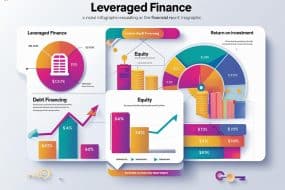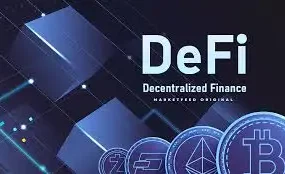- Home
- Finance & Side Hustles
- Unlock Relief with Loan Forgiv ...
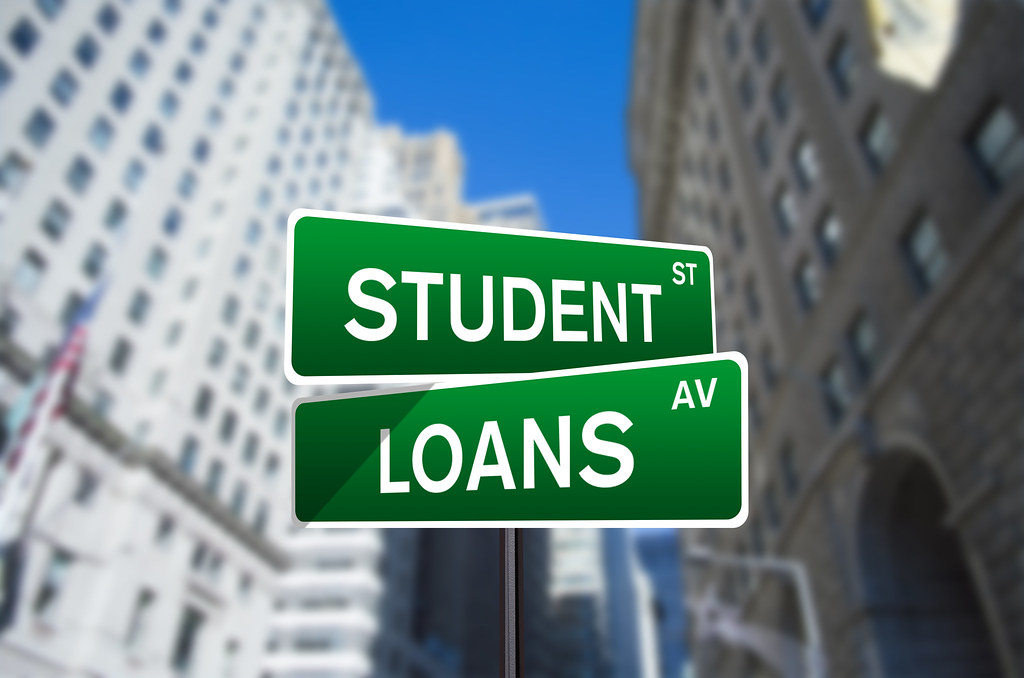
Student loan debt has become a major financial burden for millions of Americans. While federal student loans come with various relief options, including forgiveness programs, borrowers with private student loans often find themselves facing limited choices. In this blog post, we will explore the topic of loan forgiveness private student loans. We’ll begin by understanding what private student loans are, examine why they’re different from federal loans, debunk common myths about forgiveness eligibility, and discuss alternative solutions available for those seeking relief.
Understanding Private Student Loans
loan forgiveness Private student loans are issued by private financial institutions such as banks, credit unions, or online lenders. Unlike federal student loans, which are backed by the U.S. Department of Education, private loans operate under terms and conditions set by individual lenders. This means they lack many of the borrower protections and benefits that come with federal loans, such as income-driven repayment plans, deferment options, and loan forgiveness programs.
Borrowers often turn to private loans after maxing out their federal loan options or when they’re attending schools or programs not covered by federal aid. Interest rates for private loans can be fixed or variable and often depend on the borrower’s credit history and financial profile. While they can be a necessary resource for some students, they come with significant risks if the borrower encounters financial hardship.
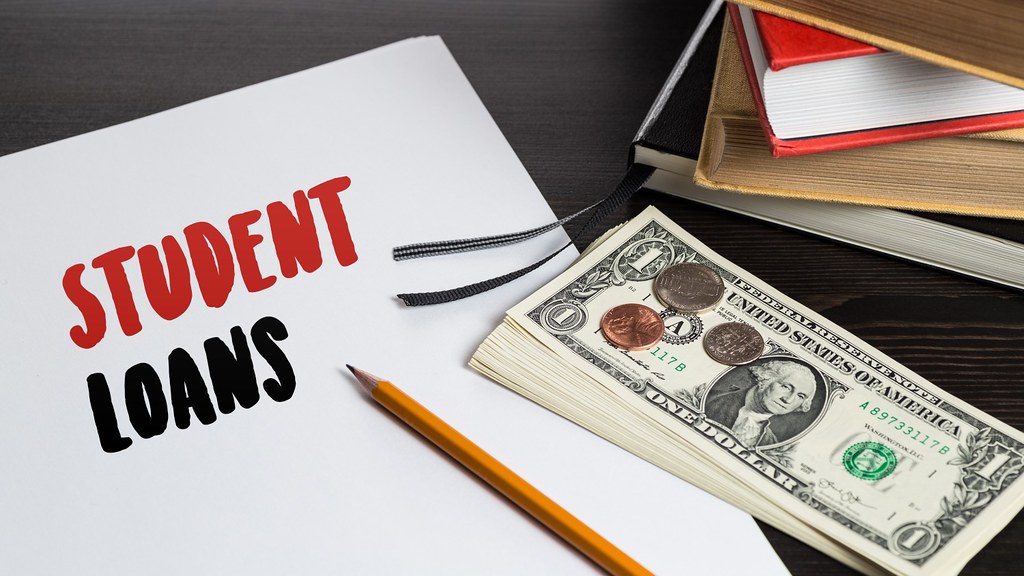
Key Differences Between Federal and Private Student Loans
To understand why forgiveness options differ, it’s important to contrast federal and loan forgiveness private student loans:
- Federal Loans: Offered by the government, with standard protections including forbearance, deferment, and forgiveness programs such as Public Service Loan Forgiveness (PSLF).
- Private Loans: Issued by private lenders, with terms that vary widely. They are not eligible for federal forgiveness programs and typically offer fewer repayment options.
These fundamental differences place private loan borrowers in a more precarious position if they struggle to repay their debt.
The Myth of Loan Forgiveness Private Student Loans
A widespread misconception is that all student loans are eligible for forgiveness under federal programs. Unfortunately, this is not the case. loan forgiveness Private student loans are not covered by federal loan forgiveness programs, including:
- Public Service Loan Forgiveness (PSLF)
- Teacher Loan Forgiveness
- Income-Driven Repayment (IDR) Forgiveness
- Presidentially announced student debt relief initiatives
While these programs can significantly help federal borrowers, they offer no assistance for those with privately held loans. The marketing and media coverage around loan forgiveness private student loans often fail to make this distinction clear, leading many to believe they qualify when they do not.
Is There Any Loan Forgiveness Private Student Loans?
Strictly speaking, true loan forgiveness private student loans is rare. Since these loans are governed by private contracts, forgiveness is usually not in the lender’s financial interest unless the borrower is facing extreme circumstances, such as permanent disability or death. However, this doesn’t mean private borrowers are entirely out of options.
Alternative Relief Options for Private Loan Borrowers
While outright forgiveness may not be available, several alternative options can provide financial relief. Here’s a breakdown:
1. Loan Repayment Assistance Programs (LRAPs)
Some states, nonprofits, and employers offer LRAPs that help graduates repay their student loans. These programs are especially common in fields like law, healthcare, and education. While they don’t forgive private student loans directly, they provide funds that can be applied toward repayment.
2. Employer Repayment Benefits
An increasing number of employers offer student loan repayment assistance as part of their benefits packages. This may include monthly contributions toward your loan balance, helping reduce the burden over time.
3. Refinancing to Lower Rates or Extend Terms
Refinancing is a popular strategy to manage private student loan debt. By refinancing, you may be able to:
- Secure a lower interest rate
- Extend your repayment term to reduce monthly payments
- Consolidate multiple loans into one
However, refinancing is generally best suited for borrowers with strong credit profiles and a stable income. It’s also worth noting that refinancing federal loans into private ones forfeits federal protections permanently.
Legislative Proposals and Industry Movements
While private student loan forgiveness isn’t widely available now, it’s an area of growing interest. Several legislative efforts and advocacy campaigns have aimed to create more robust borrower protections:
- Bankruptcy Reform: In recent years, there have been bipartisan discussions about making it easier to discharge student loans in bankruptcy, especially private ones.
- Borrower Protection Initiatives: Consumer protection agencies have increased scrutiny on unfair lending practices. These efforts may lead to better terms or cancellation in cases of misrepresentation or fraud.
- Loan Settlement Incentives: Some proposed bills have included provisions for incentivizing lenders to offer settlements or partial forgiveness under certain conditions.
While none of these efforts have yet resulted in sweeping forgiveness measures, they reflect growing pressure to address the imbalance in borrower relief.
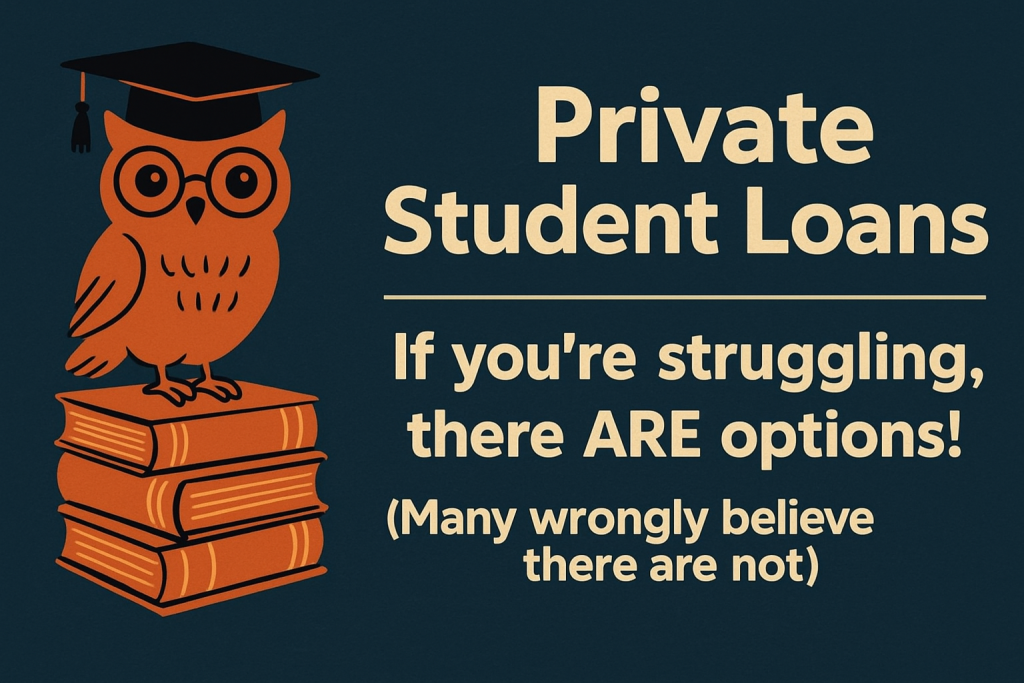
What to Do If You’re Struggling with Private Student Loans
If you’re overwhelmed by private student loan debt, you’re not alone—and you’re not without options. Here are some proactive steps you can take:
1. Talk to Your Lender
Most private lenders offer some form of hardship assistance. This may include temporary forbearance, modified repayment plans, or interest-only payments. It’s critical to communicate before you miss payments.
2. Explore Refinancing
As mentioned earlier, refinancing can lower your monthly payments. Be sure to compare offers from multiple lenders and calculate long-term costs.
3. Seek Professional Guidance
Consider working with a financial advisor or a nonprofit credit counseling agency. They can help you assess your options and negotiate with lenders on your behalf.
4. Document Your Hardship
If you’re facing medical issues, job loss, or other major setbacks, gather documentation. This can support your case when requesting leniency from lenders.
5. Stay Informed About Legislative Changes
Keep an eye on developments in Congress and state legislatures. Change is slow, but advocacy efforts are gaining traction.
Real-World Example: Navigating Private Loan Repayment
Case Study: Jessica’s Journey to Manage Private Loan Debt
Jessica graduated from a private university with $80,000 in student loans, $30,000 of which were private. After graduation, she struggled to find a high-paying job and defaulted on one of her private loans.
She reached out to her lender and was able to negotiate a modified repayment plan, reducing her monthly payments by 40% for a year. During that time, she secured a new job that offered a student loan repayment benefit. She also refinanced the remaining private loans at a lower interest rate.
While Jessica’s loans weren’t forgiven, she significantly improved her situation by leveraging every available option.
Practical Steps to Take Today
If you’re dealing with private student loans, here are some actions you can take immediately:
- List all your loans – Identify which are private and which are federal.
- Contact your lender – Ask about hardship programs or flexible repayment options.
- Shop for refinancing – Use trusted marketplaces to compare lenders.
- Check with your employer – See if they offer student loan assistance.
- Explore LRAPs – Especially if you work in a qualifying profession.
- Stay updated – Subscribe to news on student loan policy and advocacy groups.
loan forgiveness private student loans manage private student loans private loan repayment help student loan hardship options






